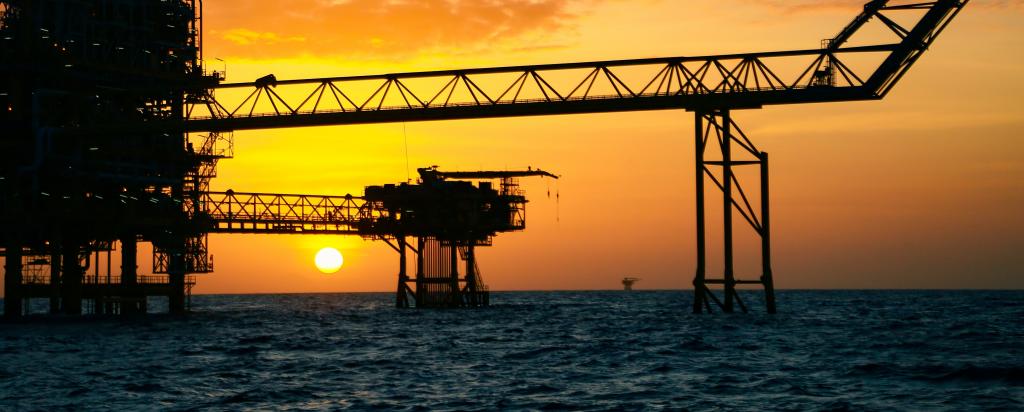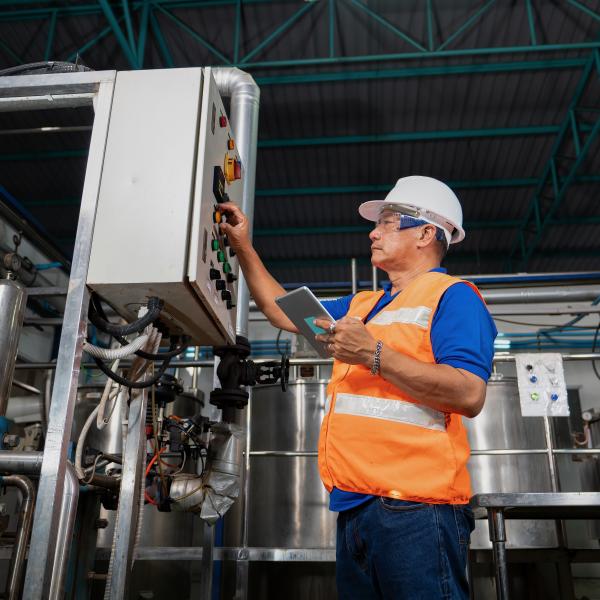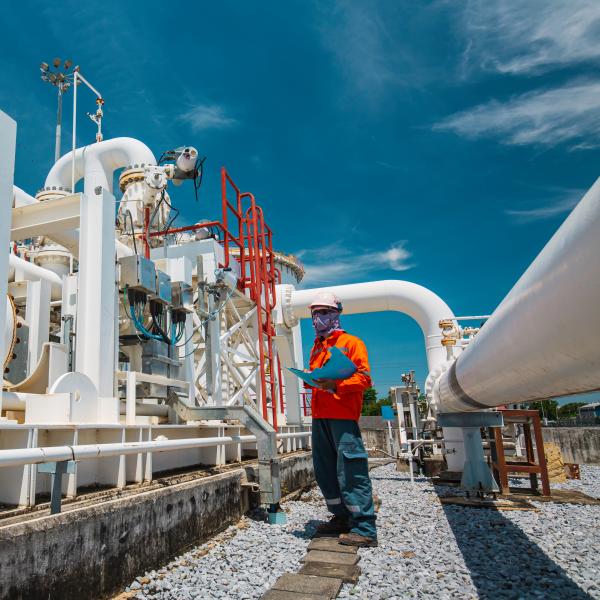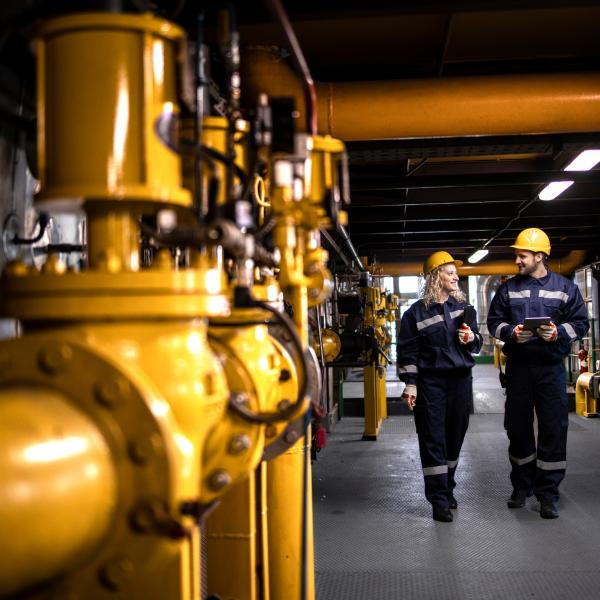
Oil and Gas Decommissioning
With more than 50 years of experience in monitoring natural and anthropogenic radionuclides in the environment, ANSTO can provide the crucial data and insights you need to assist with the planning and risk management associated with oil and gas decommissioning.

Safe and sustainable decommissioning
Decommissioning can occur in many ways. Companies may:
- Completely remove all infrastructure (currently the legislative requirement/base case in Australia)
- Partially remove or relocate some infrastructure
- Leave equipment such as platform jackets and pipelines in situ on the seabed
In situ decommissioning is becoming more common around the world as some underwater infrastructure can be repurposed as artificial reefs to attract marine life.
Leach test of scale
Fetermining solubility in seawater and in the simulated gut of a marine organism
Characterisation
Chemical and radiological analysis of total elemental and NORM components
NORM-specific training
Upskilling and educating your team on how to safely manage NORMs in surface infrastructure
Direct organism exposures
Defining the bioavailable fraction of contaminants to model potential impacts exist to marine organisms.
Contaminant risk mitigation strategies
Providing advice on how to safely remove contaminants and deal with the resulting waste stream.
Radiological dose assessments
Modelling on Australian marine biota if NORMs are present

Identify contaminant risks
Assessment of ecological impact of in situ decommissioning typically fail to consider the long-term effects of exposure to potential contaminants contained within the infrastructure, including metals and naturally occurring radioactive material (NORM).
Although contaminants are initially contained in the infrastructure, corrosion may lead to them being released to the surrounding environment. Some NORM contaminants may also impart a radiological dose to organisms colonising intact subsea pipelines long before the pipeline corrodes.
Understanding the contaminant profile of subsea infrastructure is a key part in the risk assessment for all decommissioning options.

Supporting industry
We conduct a multi-phase approach when assessing pipeline scale to ensure the highest levels of environmental protection are followed while potentially minimising decommissioning costs.
ANSTO advises on the best sampling and testing strategies to suit your budget and timeline.
We provide cutting-edge testing capabilities, accessing ANSTO’s $1.3billion science kit and drawing on specialist laboratories and unique facilities, such as the Australian Synchrotron.
Collaborative partnerships with government, industry and academia ensure our science is best-in-practice.
